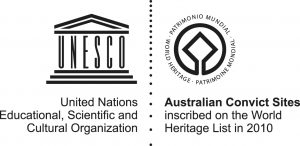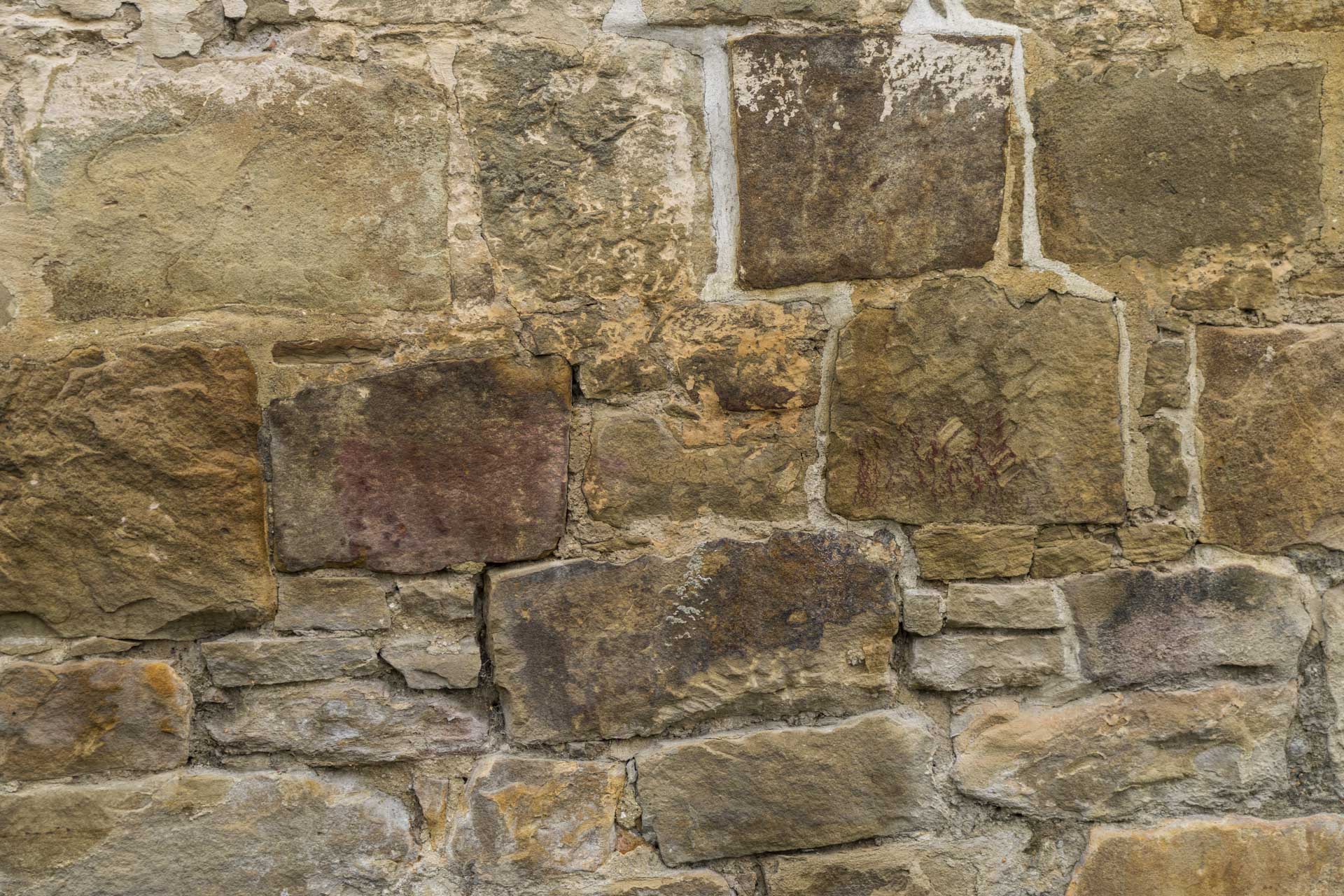Cascades Female Factory Historic Site aims to foster a greater understanding and appreciation for the largely untold story of female convicts sent to Australia. Cascades Female Factory Historic Site is the most significant site associated with female convicts in Australia, it is listed as one of the 11 sites that together form the Australian Convict Sites World Heritage Property, inscribed on the World Heritage list in 2010.
The Australian Convict Sites World Heritage Property
The Port Arthur Historic Site Management Authority (PAHSMA) is proud that the Port Arthur, Coal Mines and Cascades Female Factory Historic Sites are among eleven historic places that together form the Australian Convict Sites World Heritage Property.
The Australian Convict Sites were inscribed on the World Heritage List in 2010.
Consisting of eleven sites spread throughout Australia in Tasmania, New South Wales, Western Australia and on Norfolk Island, the Australian Convict Sites tell the epic story of Australia’s convict heritage.
Each site in the Property represents a different aspect of the convict system and are the most significant examples in Australia’s history of forced migration. Almost half of the Sites in the inscription are in Tasmania.
For technical reasons, Woolmers and Brickendon Estates are included as a single site but in reality they are two separate properties, which although adjacent, each offer their own unique visitor experience.

Cascades Female Factory Community Advisory Committee
The Purpose of the Community Advisory Committee is to improve the involvement and support of the local community in the management and conservation of the Cascades Female Factory Historic Site as well as:
- To promote the exchange of information about, and raise awareness of, issues involving the local community and PAHSMA that involve the management and conservation of the Cascades Female Factory Historic Site.
- To facilitate communication between the Authority and the local community, and to provide a forum to exchange information relevant to PAHSMA issues and local community views and concerns.
- To give the local community an avenue to formally discuss local issues and to work towards identifying and resolving local concerns.
- To provide a mechanism, including helping to source funding, for the active participation of the local community in conservation and tourism actions and activities associated with the Historic Site.
- To provide a forum in which to allow all committee members to express the views and opinions of their representative groups.
The Port Arthur Historic Sites are at the forefront of Australian heritage management practice.
A program of professional conservation management was established at the Port Arthur Historic Site in 1980; this was the first in Tasmania and one of the first in the country. This program established cooperative relationships between archaeology, interpretation, architecture and engineering at Port Arthur.
We continue this today with our team of conservation professionals and trades staff who are responsible for planning and carrying out the ongoing heritage and infrastructure works that are essential if the Port Arthur, Cascades Female Factory, and Coal Mines Historic Sites are to be conserved and protected for future generations.
Conservation of the sites is guided by State, National & International, guidelines, policies and procedures.
The archaeological value of the Port Arthur Historic Sites are found in the structures, deposits, objects and cultural landscapes that connect living communities with the sites’ pasts.
Through archaeology a range of past meanings for each place and its setting can be rediscovered and shared.
Archaeological research at the historic sites focuses primarily on convict-related topics, however Aboriginal and post-convict archaeological values of the sites are also acknowledged and managed.
One of the important ways our Conservation staff protect the heritage values of the Port Arthur Historic Sites is through the conservation of standing historic structures and the management of supporting infrastructure.
Much of this is done through the skills of our Buildings and Works Crew. Tasks include the initiation and implementation of large work projects, and ongoing minor and maintenance works programs.
Initiatives such as technical workshops, and promotion and use of traditional building methods allow us to work with the broader conservation area and Tasmanian community.
The majority of the collection material relating to the Cascades Female Factory is associated with archaeological excavations carried out on the site during the 1990s and early 2000s.
Some of this material is exhibited on site, with the remainder being housed in our collection facility at the Port Arthur Historic Site.
More recently PAHSMA on behalf of the Cascades Female Factory Historic Site accepted a donation from the Burnie Emu Bay Lions Club – a book inscribed with handwriting believed to be that of convict Hannah Barker, you can see this fabulous artefact on display in our Visitor Centre.
Our historic collections database is not currently open to public access. If you are researching convict artefacts or your interest lies in historic images we will do our best to help. Please contact us.
Both the Tasmanian Museum & Art Gallery and Queen Victoria Museum & Art Gallery hold large and varied collections of related artefacts and images, and are well worth contacting for research purposes.
Inside the new History and Interpretation Centre there are several interpretative experiences, including an exhibition that provides visitors with new perspectives on the site and its connected stories.
A multi-purpose space allows for the delivery of expanded education and public programs.

